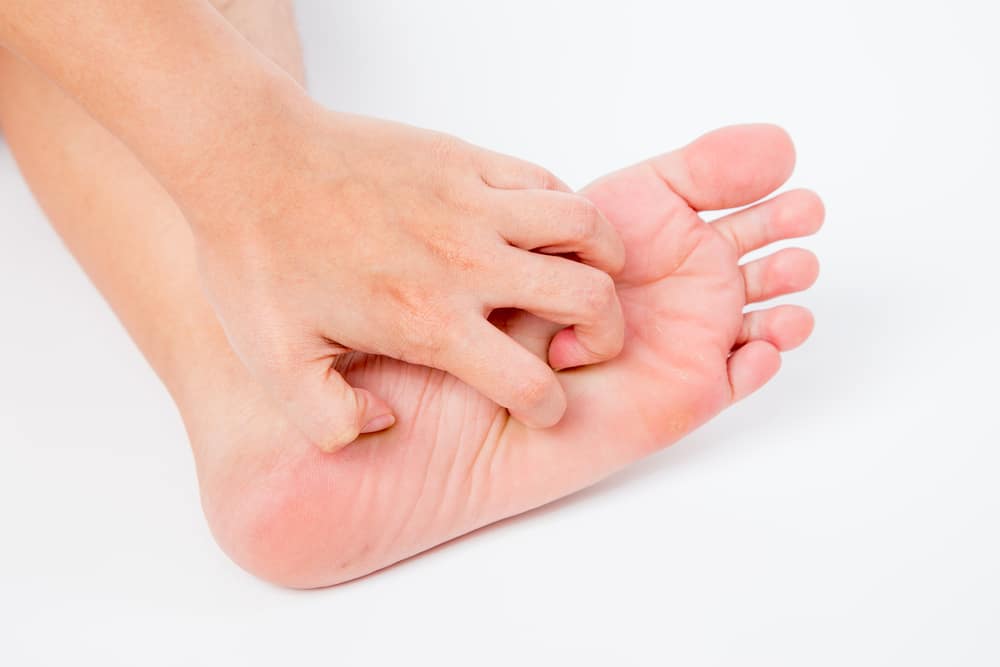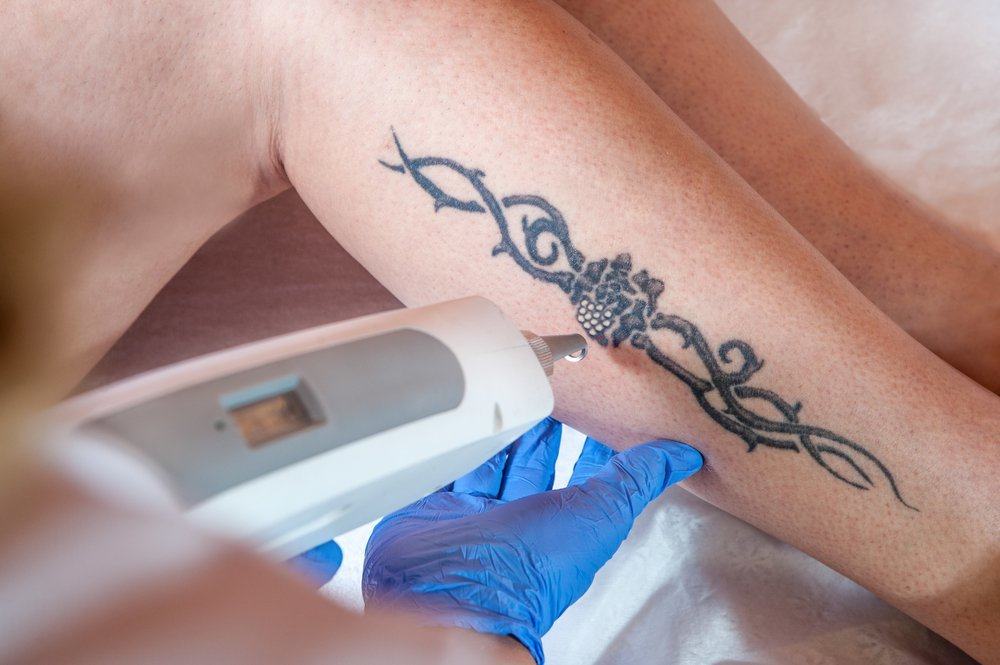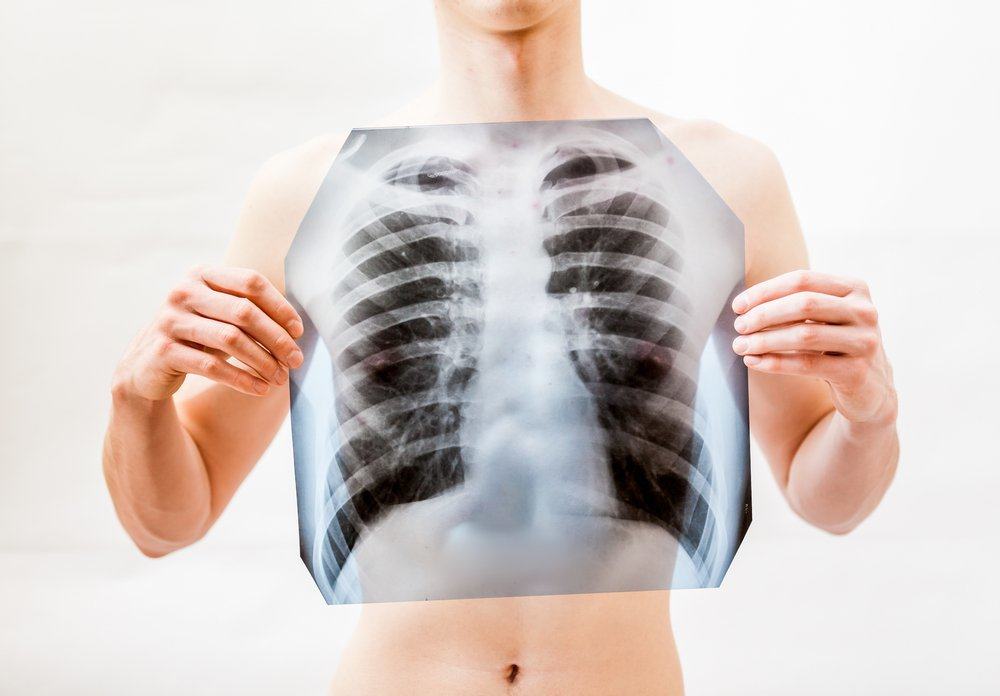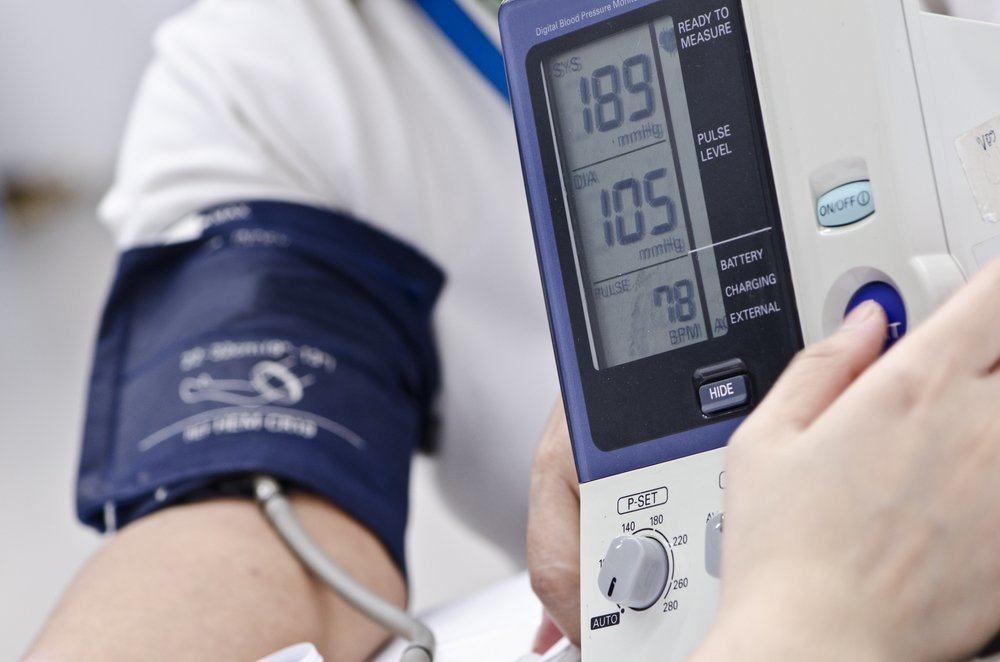Contents:
- Medical Video: What Causes Itchy Feet?
- What is the cutaneous infection of migrant larvae?
- This type of worm can cause hookworm infection on the skin
- What causes hookworm infection?
- Are there symptoms of hookworm infection?
- Then how to prevent hookworm infection?
Medical Video: What Causes Itchy Feet?
Have you ever heard of cutaneous infections of migrant larvae? For those of you who are just hearing it for the first time, maybe the name is too long and quite difficult to remember. Infections that you can short with CLM or can be called hookworm infections from now on you should be aware.
What is the cutaneous infection of migrant larvae?
Cutaneous larvae migrans (CLM) orcreeping eruption is an infection caused by worm parasites on the skin. The type of worm that usually causes this condition is hookworms which are commonly found in animals such as cats, dogs, sheep, horses, and others. Cutaneous migrant larvae are commonly called hookworm infections.
Humans can contract this hookworm while walking barefoot in areas contaminated with animal feces, such as in parks or beaches. In addition, parasites that attach to the skin can also come from moist objects such as towels.
Hookworm infections usually occur in tropical and subtropical countries such as Southeast Asia, Africa, America, and the Caribbean Islands. Hookworm infections can attack anyone, but most of those who experience this infection are children. Why are children? The reason is that children play more often in open spaces barefoot.
In addition, hookworm infection is also a high risk for people who often spend their time sunbathing on the beach without using pedestal or workers who are in the vicinity of the construction area or contaminated farm.
This type of worm can cause hookworm infection on the skin
Some types of hookworm parasites that can cause hookworm infections on the skin are:
- Ancylostoma braziliense and caninum. These parasites are often the main cause of hookworm infections and are usually found in dogs and cats.
- Uncinaria stenocephala. This parasite is commonly found in dogs.
- Bunostomum phlebotomum. This parasite is commonly found in livestock.
As for several other types of hookworm parasites that are rarely found, but can trigger hookworm infection are:
- Ancylostoma ceylanicum, which is sometimes found in dogs.
- Ancylostoma tubaeforme, which is sometimes found in cats.
- Strongyloides papillosus, which is sometimes found in goats, sheep, or other livestock.
- Strongyloides westeri, which is sometimes found in horses.
In addition to the above examples, two other types of hookworms are necator americanus and ancylostoma duodenale, which lives in the human body and causes hookworm disease.
What causes hookworm infection?
Cutaneous migrant larvae are generally caused by the existence of a life cycle of parasites that spread from animal feces that have hookworm eggs to human skin, through a warm, moist and sandy surface. This is because worm eggs can hatch in that environment and penetrate exposed skin.
Broadly speaking, parasite larvae can penetrate animal skin through the dermis layer (between the epidermis and subcutaneous tissue), and enter the lungs through the vein and lymphatic system. In the process of migration or transfer, these larvae can be swallowed and lay eggs in the intestine, which will eventually be released through feces.
When the stool is about humans, larvae will penetrate the surface of the skin through hair follicles, cracked skin, or even healthy skin. Unlike cycles in animals, larvae cannot penetrate the dermis. Therefore hookworm infection only occurs in the outer layer of the skin.
Are there symptoms of hookworm infection?
Not all sufferers of hookworm infection experience symptoms, especially if the condition is mild. If the infection is severe enough, the patient can feel an itchy sensation, tingling or like being stabbed within the first 30 minutes after being contaminated.
However, you can see the following symptoms in people who are contaminated with hookworms.
- The skin's surface is red or discolored.
- Dense lumps of skin (papules) appear.
- The surface of the skin is rough and scaly like a snake, amounting to 2-3 mm. Usually these symptoms only appear after a few hours and can get worse the next day.
Then how to prevent hookworm infection?
Even though hookworm infection on the skin occurs accidentally, there are several steps you can take to reduce the risk.
- Always use footwear when walking outdoors.
- Always wash your feet after outside activities.
- Avoid carrying pets, such as dogs and cats, to the beach or park to prevent contamination of public facilities.
- Giving worm medicine to pets regularly.













